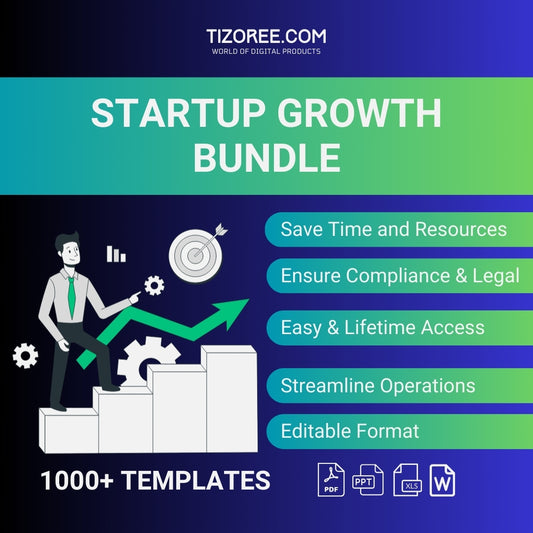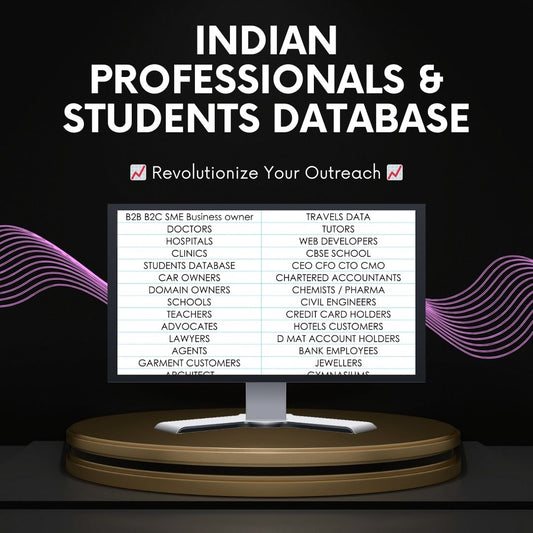How to Edit Like a Pro: From Basics to Advanced Techniques
Share
Editing videos is an art that can transform raw footage into engaging content. Whether you're a beginner or looking to polish your skills, understanding the fundamentals and advanced techniques of video editing is crucial.
This guide will walk you through the key aspects of video editing, utilizing tools like CapCut, to help you create professional-looking videos.
Understanding Editing Styles
One of the most important aspects of video editing is developing a unique editing style. While many people can edit videos, creating a distinct style requires comprehensive knowledge of editing techniques, from basic to advanced levels. A well-defined style can set you apart in a crowded digital space.
Basic Editing Resources
Before diving into advanced techniques, it's essential to gather your editing resources. When collecting footage for editing, categorize your clips into two main types: A-Roll and B-Roll. A-Roll includes your primary footage, such as facecam videos, while B-Roll consists of supplementary footage like stock clips and cutaways.
- A-Roll: Main footage, often featuring the primary subject or speaker.
- B-Roll: Supplementary footage that adds context and visual interest.
Organizing your clips effectively will enhance your efficiency as an editor. It’s also crucial to source high-quality, copyright-free stock footage. Websites like MixKit and Videvo offer free options, while Storyblocks provides premium content for a subscription fee.
Finding Quality Footage
Quality footage is vital for creating engaging videos. There are various platforms where you can find stock footage, sound effects, and background music. Always check the licensing agreements to ensure you can use the footage without facing copyright issues.
- MixKit: 100% copyright-free video footage.
- Videvo: Offers free clips, but some may require a premium subscription.
- Storyblocks: A paid service providing high-quality footage and sound effects.
If you want to avoid copyright issues altogether, consider using royalty-free resources. For instance, IStock offers a variety of high-quality clips that can be used in your projects.
Using CapCut for Editing
CapCut is a versatile editing tool available for both mobile and PC users. Whether you are a novice or have some experience, CapCut's user-friendly interface makes it easy to navigate through various features.
Importing Clips and Working with Layers
When you first open CapCut, you need to import your main video clip. The main layer will be where your primary footage resides. You can click the '+' icon to add additional clips or images, which will be placed in layers above your main footage.
Understanding layers is crucial. The top layer will cover the layers below it, so managing your layers effectively will help create a clean edit.
Adjusting Layer Properties
To adjust the properties of your clips, select the layer and use the overlay feature to add additional elements. You can then resize and modify these layers as needed. This layering technique allows for more complex compositions and effects.
Creating Dynamic Transitions
Transitions play a significant role in making your videos flow smoothly. CapCut provides various transition effects that can be applied between clips. Experimenting with these transitions will help you find the right fit for your video's style.
Using Keyframes for Animation
Keyframes are essential for creating animations and movement within your edits. A keyframe captures the properties of a clip at a specific point in time. By setting multiple keyframes, you can create smooth animations that enhance the visual appeal of your video.
To use keyframes in CapCut, select your clip, and adjust its position or size over time. For example, you can animate a logo moving across the screen by setting keyframes at the start and end points of the movement.
Enhancing Your Video with Effects
Adding effects can elevate your video from standard to extraordinary. CapCut allows you to apply various effects to your clips, including filters, overlays, and animations. These can be adjusted to fit the mood and tone of your video.
Using Masks for Creative Edits
Masking is a powerful technique that allows you to reveal or hide portions of your clips creatively. This technique can be particularly useful for creating unique transitions or effects. In CapCut, you can choose from different masking options and customize them according to your needs.
Text and Titles in Videos
Text elements are crucial for conveying information and enhancing viewer engagement. CapCut offers various text styles and animations that you can apply to your titles. Experiment with different fonts, colors, and animations to find the perfect combination for your video.
Final Touches: Adjustments and Color Grading
After completing your edit, it's essential to make final adjustments. This includes color grading, brightness, contrast, and saturation adjustments. CapCut provides tools to refine these elements, ensuring your video looks polished and professional.
Developing Your Unique Editing Style
As you gain experience, focus on developing your unique editing style. This can be achieved by experimenting with various effects, transitions, and editing techniques. Observing other creators can inspire your style and help you discover what resonates with your audience.
Learning from Others
To enhance your skills further, consume a variety of content. Watch videos from creators in your niche and beyond. Analyze their editing techniques, transitions, and styles. This practice will help you identify trends and techniques that you can adapt to your own editing style.
Conclusion
Editing is an evolving skill that requires practice and experimentation. By following these guidelines and exploring the features of CapCut, you'll be well on your way to creating professional-quality videos. Remember, the key to mastering video editing is to keep learning and experimenting with new techniques.
As you progress, don't hesitate to share your work and seek feedback. The more you practice and refine your skills, the more confident you'll become in your editing abilities. Happy editing!



